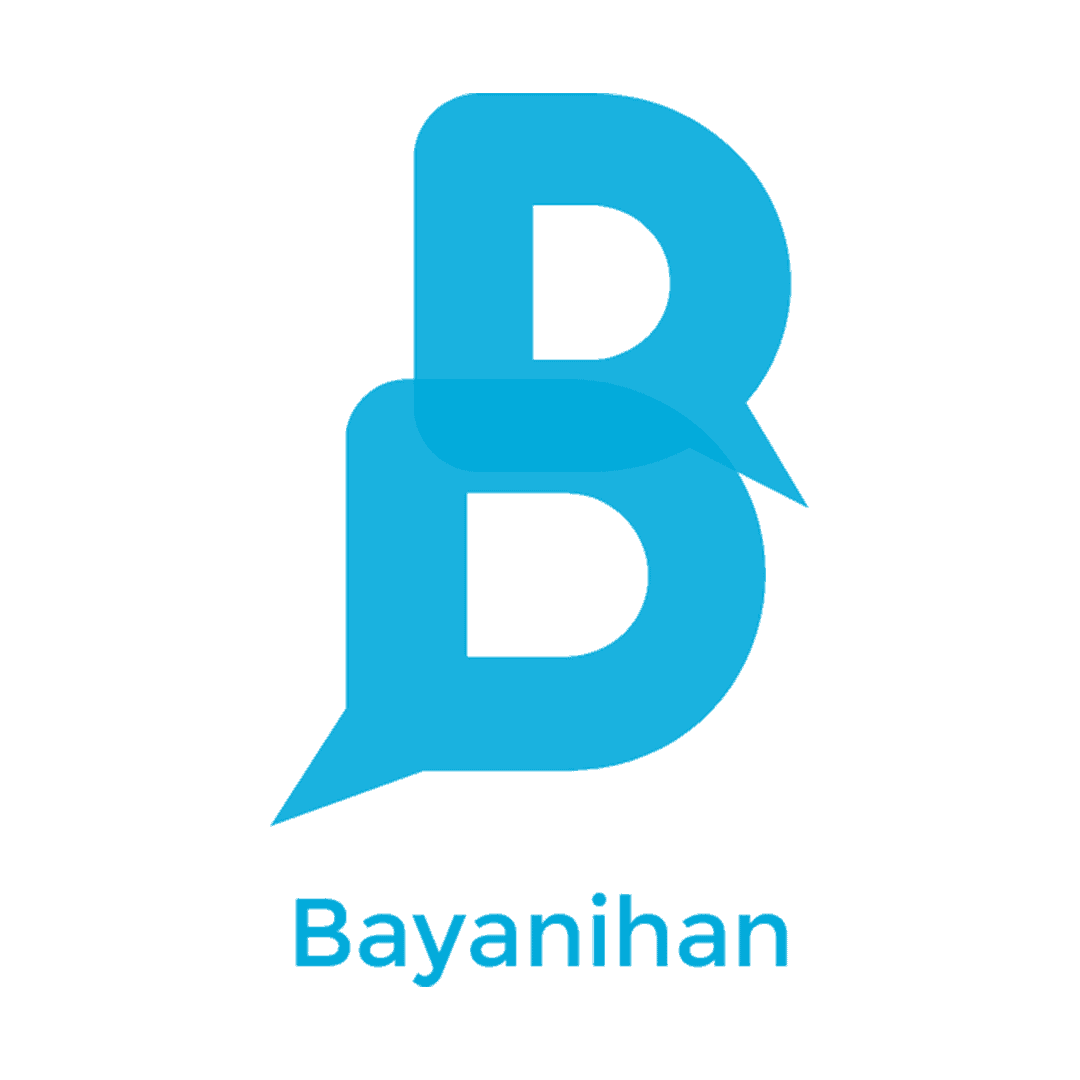CAGAYAN DE ORO CITY (PIA)–Primarily created to reduce diseases caused by unsafe water, especially among children, the Disaster Aid Australia in partnership with Balay Mindanaw Foundation, Inc. (BMFI) launched the Mindanaw Safe Water Project, highlighting the distribution of 97 Skyhydrants (SH) in the country since 2012, August 13, here.
The Skyhydrant distribution included including 17 units of Max Skyhydrants and one GEM Skyhydrant in Misamis Oriental, Cagayan de Oro (4), and Lanao del Norte (1).

“We will install a minimum of five Skyhydrants a year, for five years. We do this by asking for Rotary Clubs around Australia and Rotarians or individuals to sponsor a project by providing us with Au$5,000 so that we send the Skyhydrant to Balay Mindanaw,” said Disaster Aid AU CEO Brian Ashworth.
To reach out to communities, especially those that need the technology, Ashworth said they partnered with BMFI along with some civil society organizations (CSOs) such as the rotary clubs.
“Balay Mindanaw’s partnership with Disaster Aid began in 2012 in the aftermath of Typhoon Sendong or Typhoon Washi in December 2011 that devastated our region, killing thousands and destroying properties massively,” BMFI President Charlito Manlupig said.
He added that the partnership between and among Disaster Aid Australia, Rotary and Balay Mindanaw has so far installed and utilized over a hundred Skyhydrants in remote Philippine rural villages and has responded to disasters caused by typhoons, floods, earthquakes, and other humanitarian crises caused by violent conflicts.
In ensuring stability, BMFI executed a memorandum of agreement with the Village Council, where the village recipients commit to provide proper care and maintenance of the SkyHydrants as well as to explore the application of water pricing scheme for the purpose of income generation for the unit’s long term maintenance.
Ashworth said it would take about 10 years to change the Skyhydrant’s filter, which does not cost much compared to the unit’s ability to remove dirt without the use of chemicals or power source.
The smaller GEM SkyHydrant can provide 5,000 litres/day of high quality filtered water– highly suitable for disaster deployment, while the larger MAX SkyHydrant is capable of delivering 10,000 litres/day of filtered water for ten years.
“We use the SH to supply safe drinking water to evacuation camps and to communities hit and isolated by the disaster. What we usually do is work closely with government and private agencies in the delivery of water using available water tankers and firetrucks,” Manlupig said.
Citing the many benefits of Skyhydrants, Manlupig said the projects also targets to help address violent extremism by providing safe water to communities, and promote and enhance partnerships with CSOs and local communities. (RTP/PIA-10)






